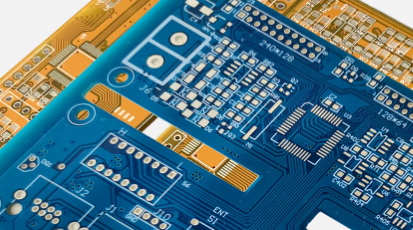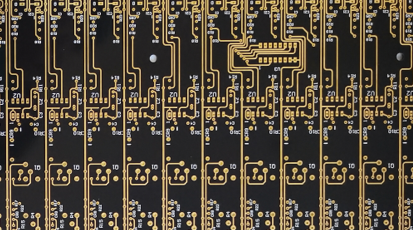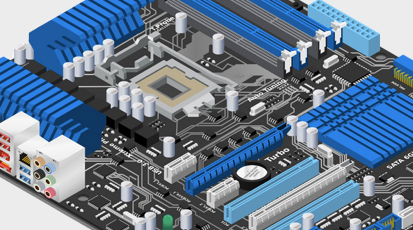All Basics of PCB Schematic Design: A Comprehensive Tutorial for Professionals
By:PCBBUY 05/23/2025 14:47

Introduction
Printed Circuit Board (PCB) schematic design is the foundational step in electronic product development, serving as the blueprint for translating electrical concepts into manufacturable hardware. A well-designed schematic ensures functionality, reliability, and manufacturability, while reducing costs and iteration cycles. This tutorial covers all basics of PCB schematic design, including fundamental theories, industry-standard practices, critical design rules, and data-driven insights. Whether you’re an analog/digital design engineer, student, or DIY enthusiast, this guide provides structured knowledge to elevate your design precision.
Fundamental Principles and Theories
1.1 Electrical Circuit Theory
At the core of PCB design lies Ohm’s Law (V=IRV=IR), Kirchhoff’s Laws (Current Law: ∑I=0∑I=0; Voltage Law: ∑V=0∑V=0), and network theory. These principles govern component interactions, signal flow, and power distribution. For example:
-
Voltage Dividers: Used in biasing networks (e.g., Vout=Vin×R2R1+R2Vout=Vin×R1+R2R2).
-
RC Filters: Mitigate noise via cutoff frequency (fc=12πRCfc=2πRC1).

1.2 Component Symbols and Library Standards
A schematic relies on standardized symbols (ANSI Y32.2, IEC 60617) and component naming conventions. Table 1 summarizes key elements:
|
Component |
Symbol |
Function |
Library Standard |
|
Resistor |
~~~~~ |
Resistance (R=ρLAR=ρAL) |
ANSI Y32.2, IPC-2541 |
|
Capacitor |
~~~~~ |
Capacitance (C=ϵr⋅AdC=dϵr⋅A) |
IEC 60617-12 |
|
IC (Op-Amp) |
~~~~~ |
Signal amplification |
制造商-specific (e.g., TI, ST) |
Table 1: Standard Component Symbols and Functions
1.3 Design Hierarchy
Modern schematics use a hierarchical structure (Figure 1):
-
Sheet Symbols: Represent modular blocks (e.g., power management).
-
Port Connectivity: Define interfaces between modules.
-
Hierarchical Naming: Ensures signal consistency across levels.
Core Design Principles
2.1 Layout Rules for Signal Integrity
Improper layout introduces signal degradation, crosstalk, and EMI. Key rules:
-
Trace Routing:
-
Minimize trace length (L<λ10L<10λ for high-speed signals).
-
Avoid sharp 90° corners; use 45° angles or arcs.
-
Impedance Matching:
-
Microstrip impedance: Z0=87ϵr+1.41ln(5.98H0.8W+T)Z0=ϵr+1.4187ln(0.8W+T5.98H) (IPC-2251).
-
Typical values: 50Ω for digital, 75Ω for RF.
2.2 Power and Ground Design
-
Power Planes: Use solid copper layers for low impedance (e.g., <10mΩ target).
-
Grounding:
-
Single-point ground for analog circuits.
-
Multilayer ground planes for digital/mixed-signal designs.

2.3 ERC (Electrical Rule Check)
Prevent errors via automated checks (Table 2):
|
Check Type |
Example Rule |
Tool Support |
|
Unconnected Pins |
All pins must connect to net |
KiCad, Altium |
|
Duplicate Net Names |
Unique labels for power/ground |
OrCAD, Eagle |
|
ERC Violations |
Voltage out-of-range (e.g., >3.3V for LDO) |
Cadence, Mentor Graphics |
Table 2: ERC Rules and Tool Support
Component Selection and Libraries
3.1 Manufacturer Datasheets
Always reference datasheets for:
-
Absolute Maximum Ratings (voltage, current, temperature).
-
Key Parameters: Tolerance, operating conditions, mechanical specs.
3.2 Custom vs. Standard Libraries
-
Standard Libraries: Follow IPC standards but may lack niche components.
-
Custom Footprints: Use tools like KiCad’s Footprint Editor or Altium’s Library Manager to create parts matching manufacturer specs (e.g., QFN pads with exact pitch).

Data-Driven Design Decisions
4.1 Track Width and Current Carrying Capacity
Internal/external traces must handle peak current without overheating. Use the “IPC-2221” formula:
Imax=k⋅D0.44⋅T0.55Imax=k⋅D0.44⋅T0.55
Where:
-
kk: Constant (0.024 for inner layers, 0.048 for outer).
-
DD: Diameter of coated conductor (mils).
-
TT: Metal thickness (oz/ft²).
|
Current (mA) |
Inner Layer Width (mils) |
Outer Layer Width (mils) |
|
500 |
10 |
8 |
|
1000 |
15 |
12 |
|
2000 |
20 |
18 |
Table 3: Track Width vs. Current Capacity (IPC-2221)
4.2 Dielectric Material Comparison
|
Material |
Dielectric Const. (ϵrϵr) |
Loss Tangent (tanδδ) |
Max Frequency (GHz) |
Cost (USD/panel) |
|
FR-4 |
4.3–4.8 |
0.02 |
10 |
$50 |
|
Rogers 4350 |
3.48 |
0.0025 |
50 |
$500 |
|
PTFE |
2.1–2.3 |
0.001 |
100 |
$200 |
Table 4: PCB Substrate Materials
Tools and Software for Professional Design
5.1 Industry-Standard Tools
|
Tool |
Strengths |
Weaknesses |
Pricing |
|
KiCad |
Open-source, versatile |
Limited advanced simulation |
Free/Pro $999/year |
|
Altium Designer |
Comprehensive features, scripting |
High cost, resource-intensive |
$7,595+ |
|
OrCAD |
Integration with Cadence tools |
Outdated UI |
1,995–1,995–5,995 |
Table 5: PCB Design Software Comparison
5.2 Design Workflow
-
Conceptualization: Block diagrams → schematic capture.
-
Simulation: SPICE models for analog; IBIS for digital.
-
Layout: Assign layers (signal/power/ground).
-
Validation: Thermal analysis, DRC/ERC checks.
-
Gerber Output: Manufacture-ready files (RS-274X).
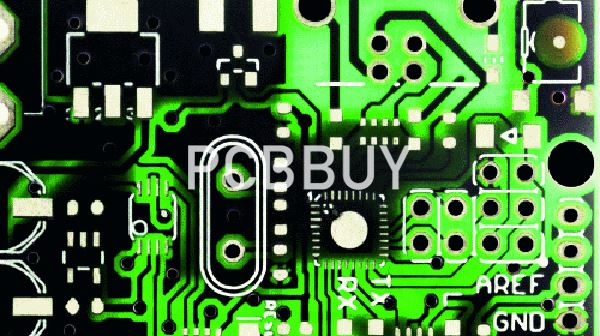
Case Study: Power Supply Design
Scenario: Design a step-down converter (input: 12V; output: 5V@1A).
-
Components: Buck IC (LM2596), input/output capacitors, Schottky diode.
-
Key Considerations:
-
Inductor saturation current (Isat>1.2×IoutIsat>1.2×Iout).
-
Capacitor ESR (<50mΩ for low ripple).
-
Simulation: Use LTspice to verify transient response (Figure 2).
Common Pitfalls and Troubleshooting
7.1 EMI Issues
-
Cause: Unmatched impedance, long unshielded traces.
-
Solution: Add ferrite beads, use ground planes, minimize loop areas.
7.2 Thermal Hotspots
-
Cause: Concentrated current paths (e.g., unrouted power traces).
-
Solution: Use polygon pours for even heat distribution.
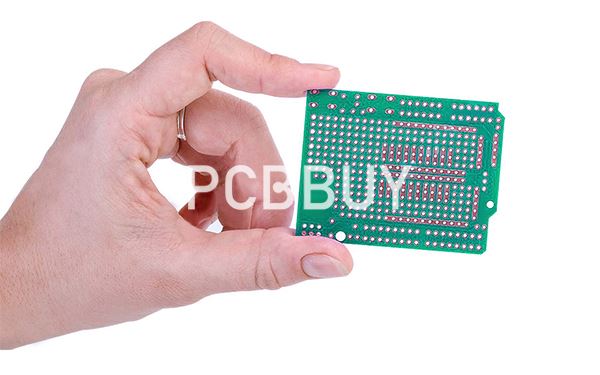
Conclusion and Future Trends
Mastering PCB schematic design requires blending theory, precision, and modern tools. Emerging trends like AI-driven layout optimization (e.g., Altium’s Neo toolset) and 3D printing for rapid prototyping are reshaping the field. By adhering to IPC standards, leveraging data-backed decisions, and continuous learning, designers can create robust electronics ready for tomorrow’s challenges.
References
-
IPC-2541, Generic Standard on Marking and Coding of Articles. IPC, 2023.
-
Ott, H. W. Electromagnetic Compatibility Engineering. Wiley, 2022. ISBN: 978-1-119-68583-3.
-
“IPC-2221: General Standard on Low-Frequency PCB Design.” IPC, Rev. June 2022.
-
KiCad Development Team. KiCad User Manual. KiCad, Inc., v7.0 (2024). Available at kicad.org.
Industry Category

